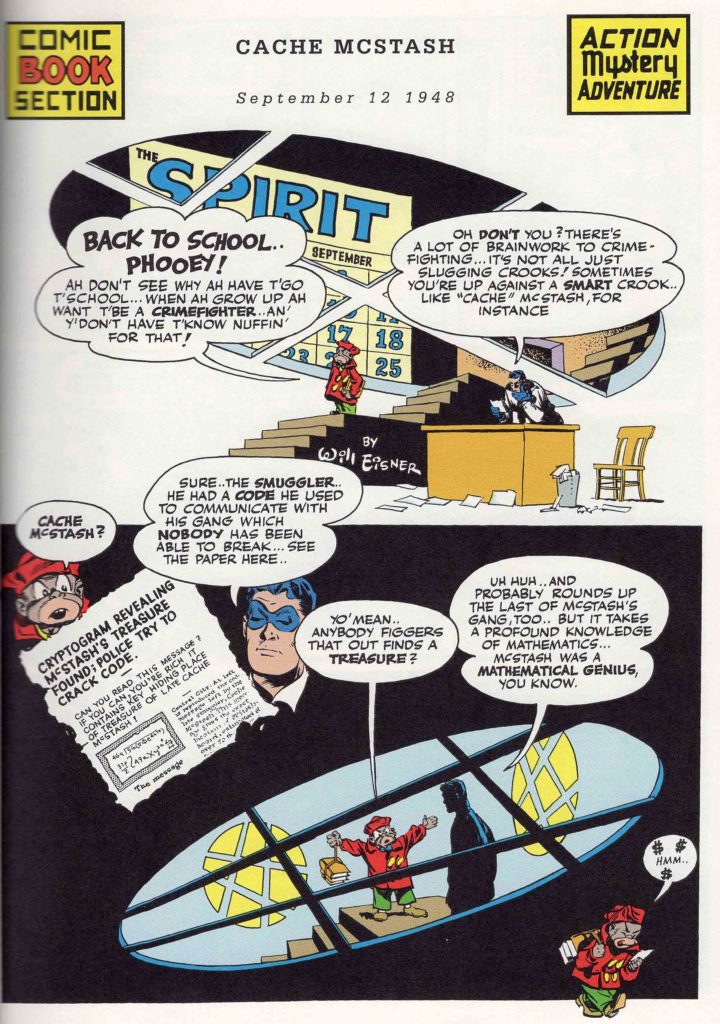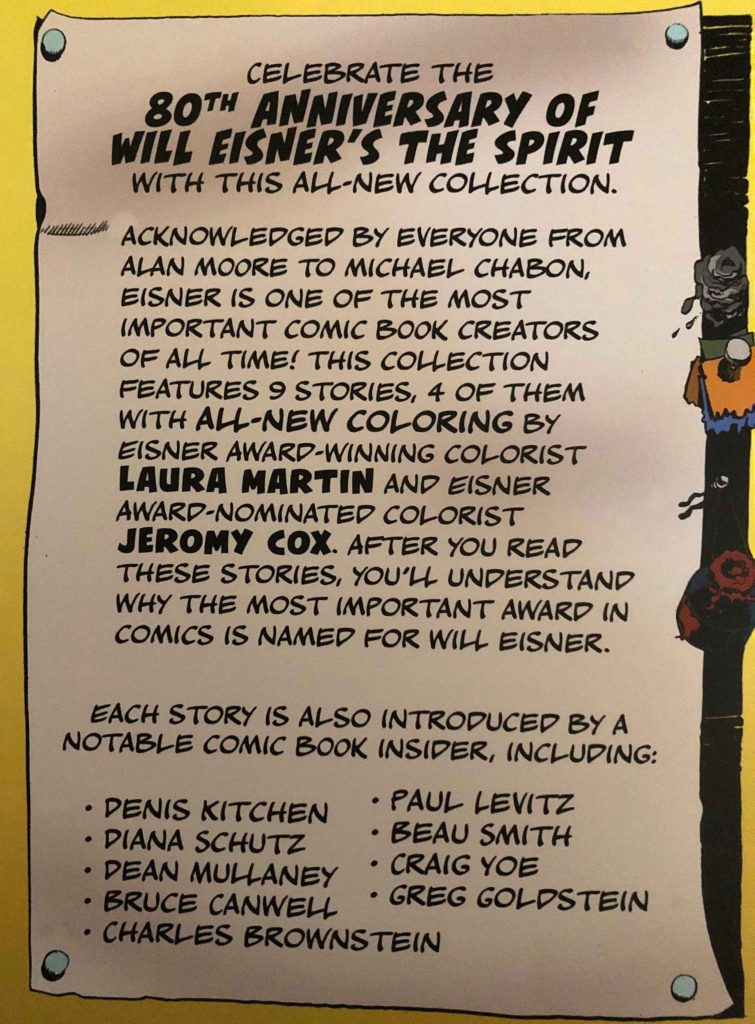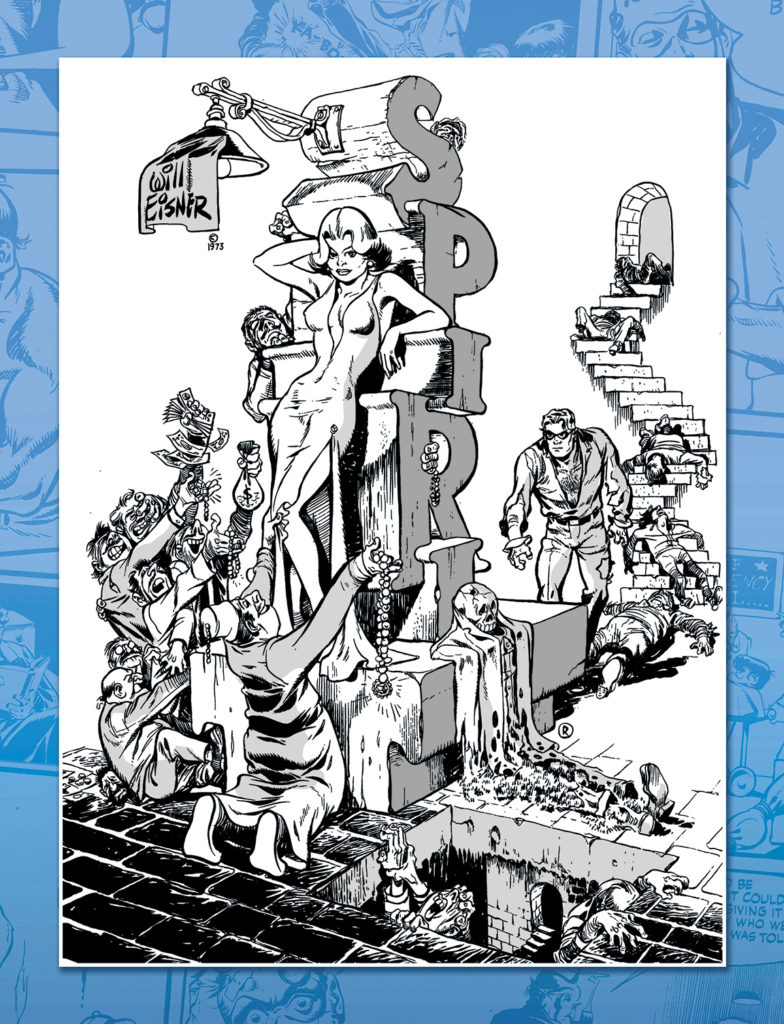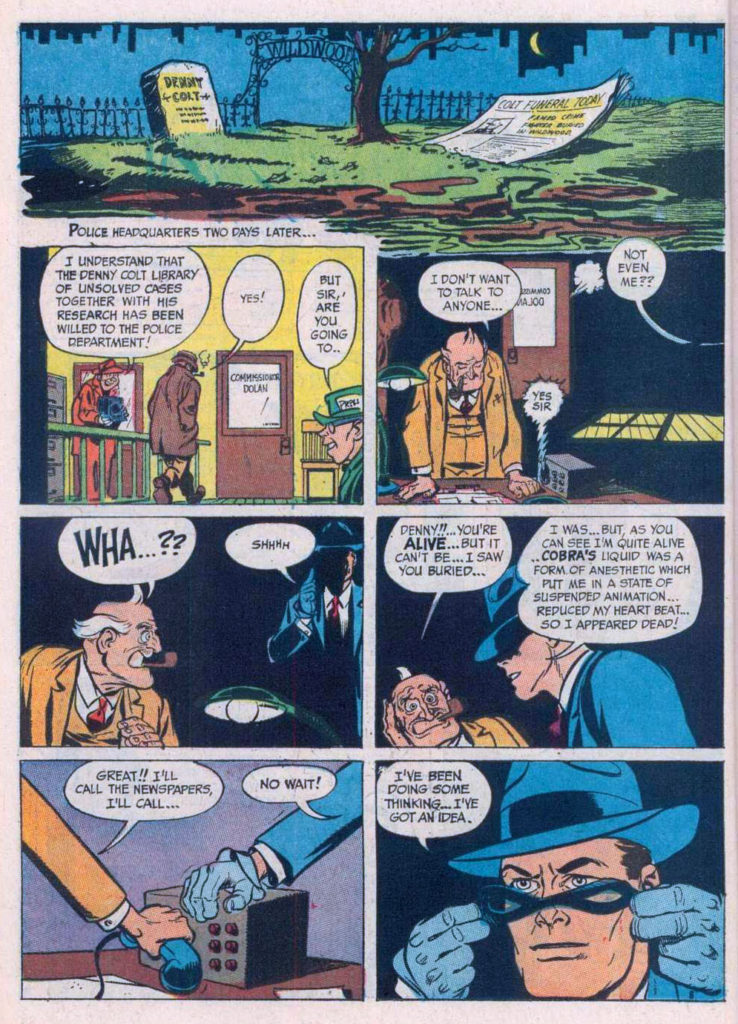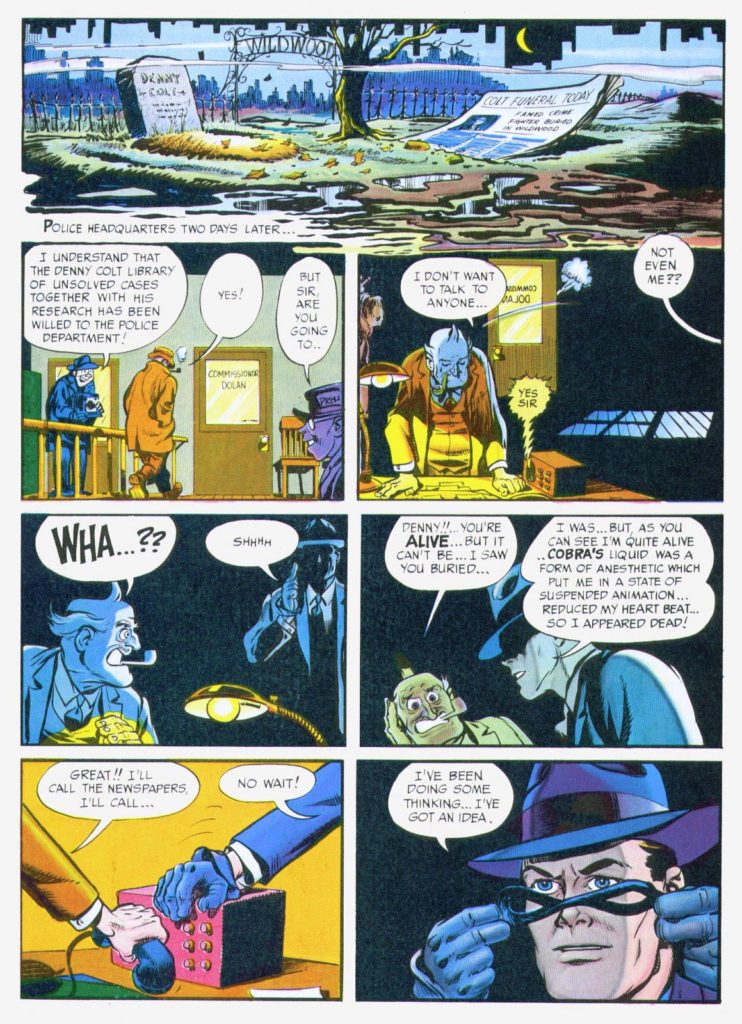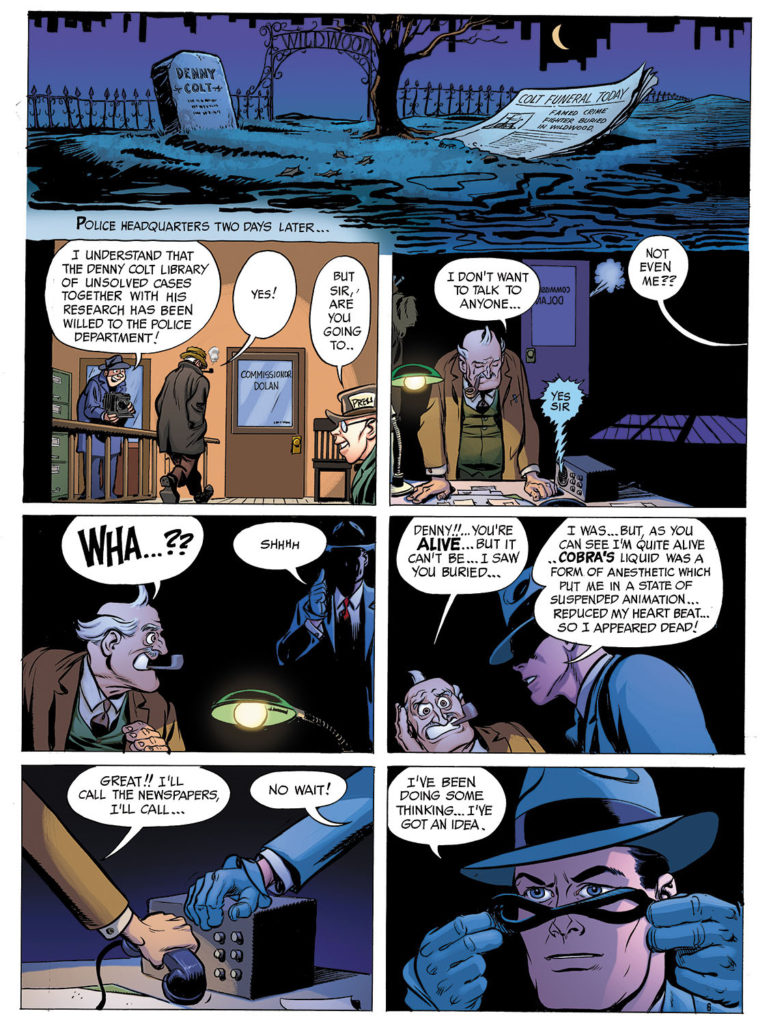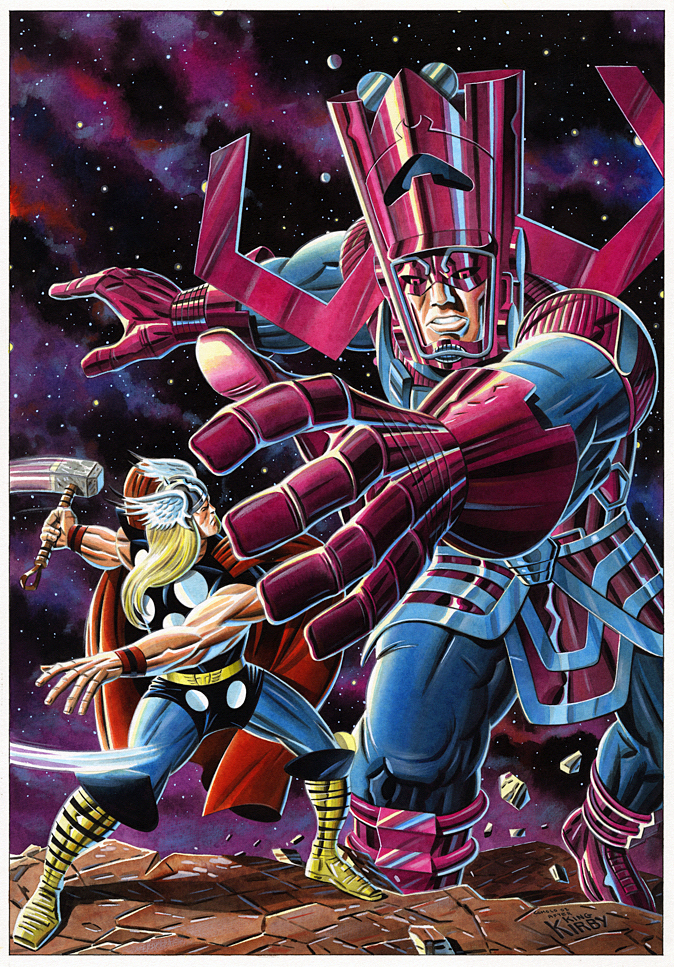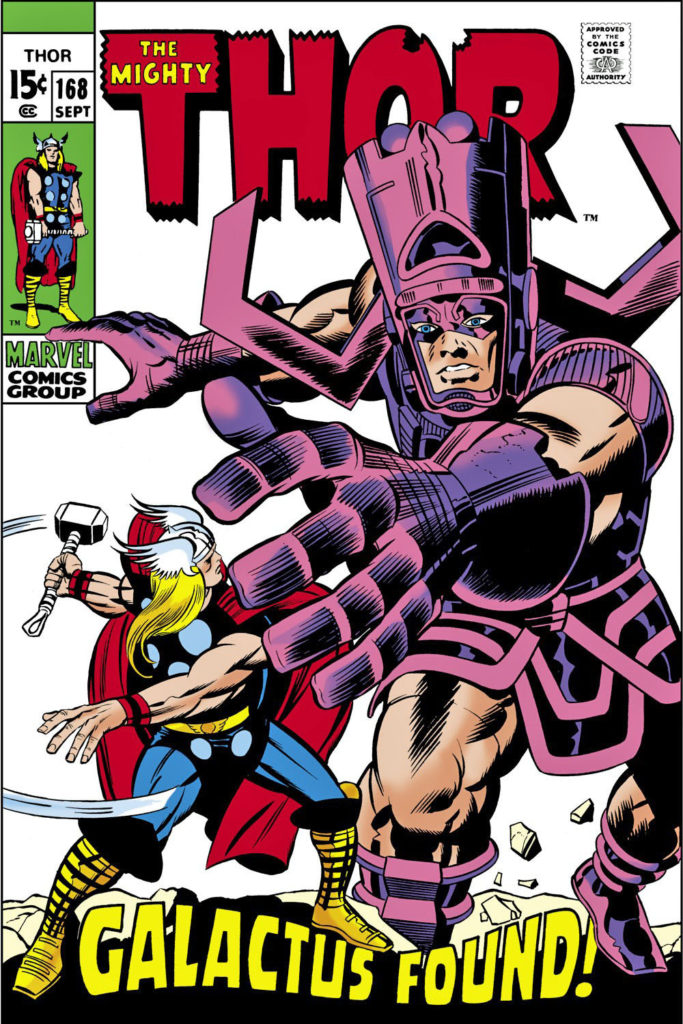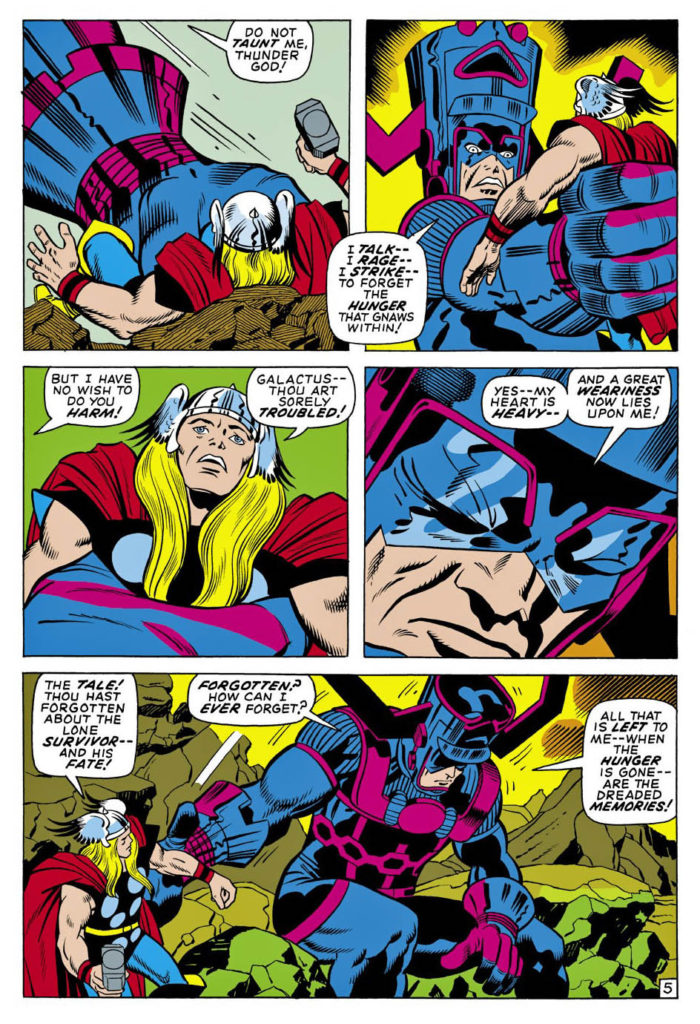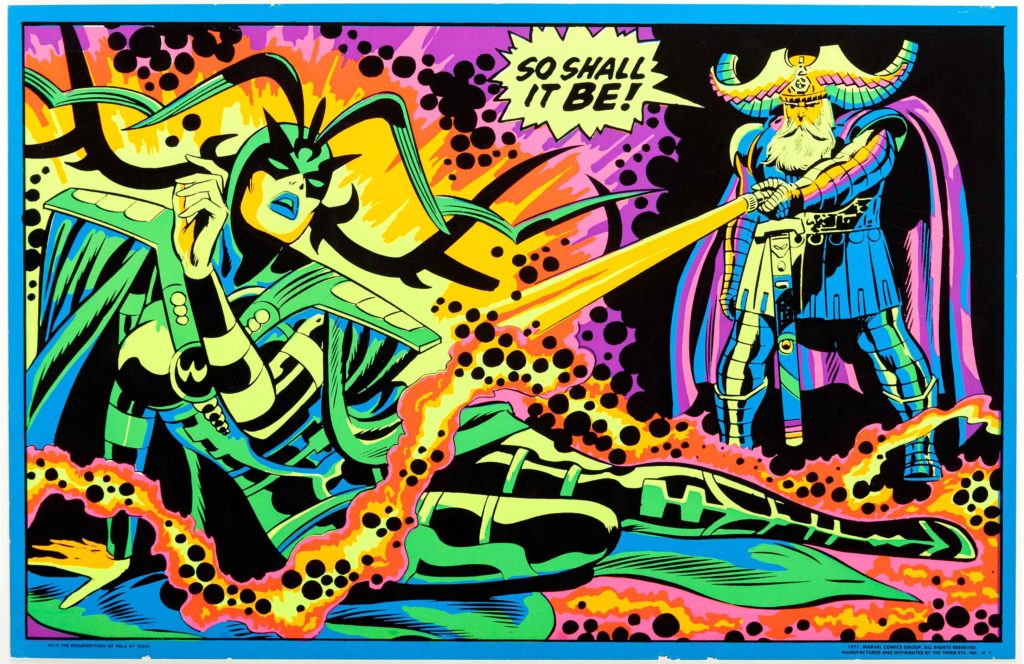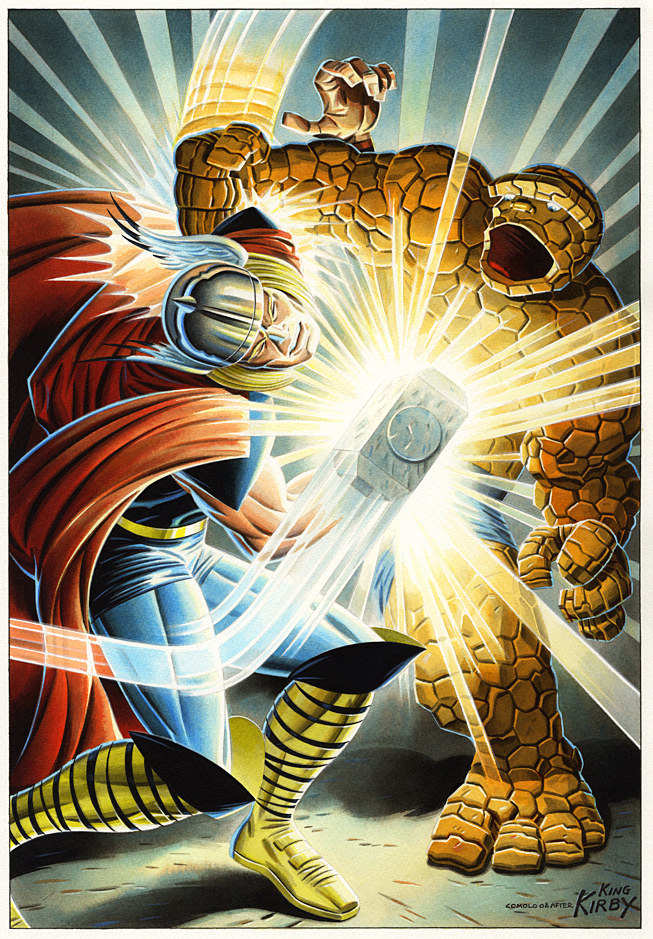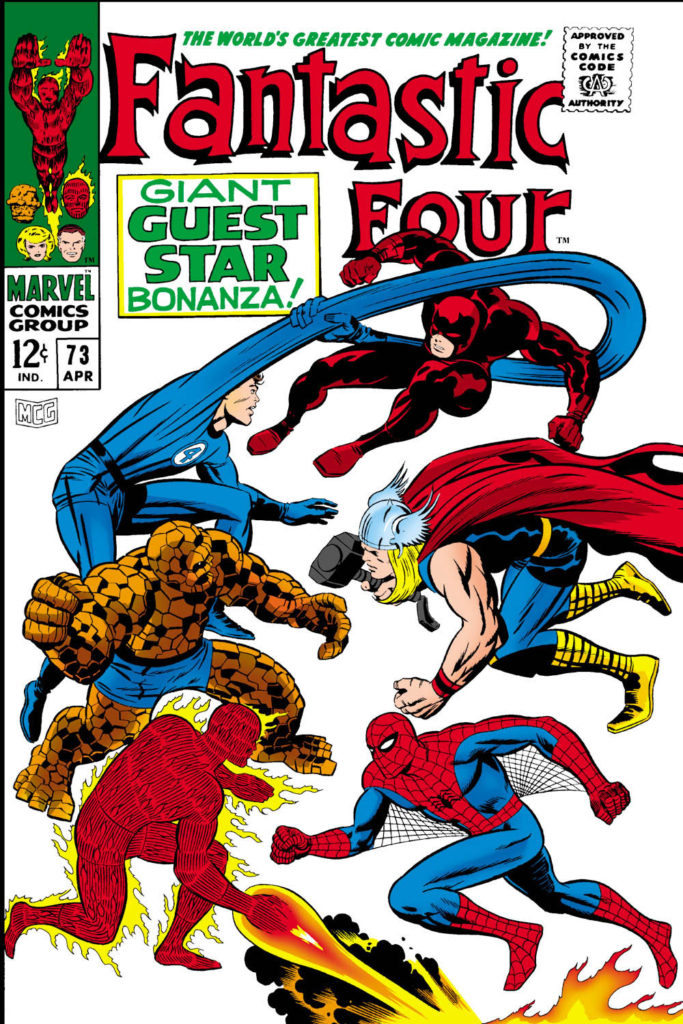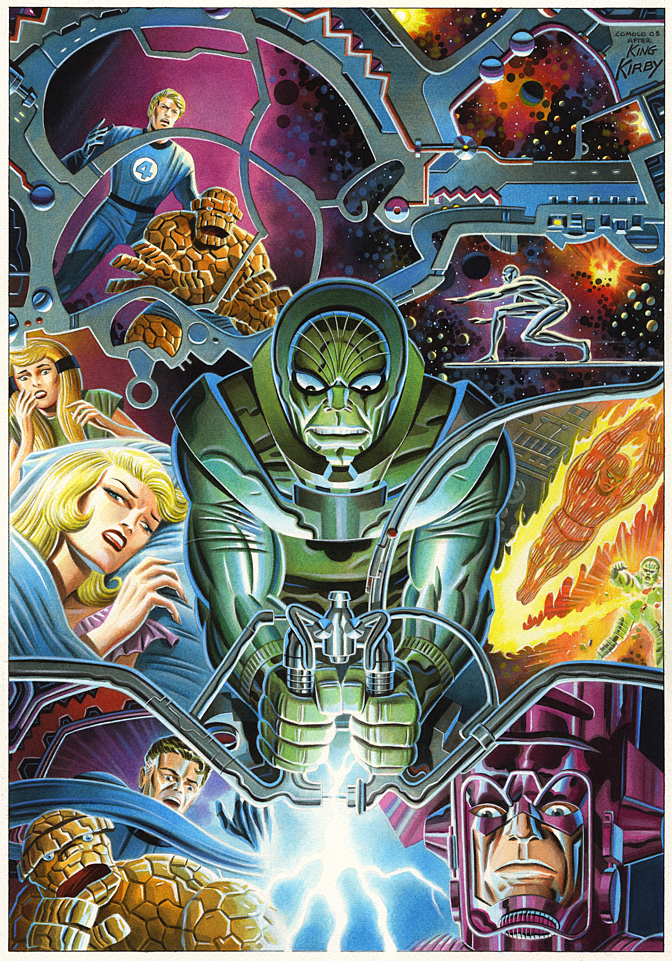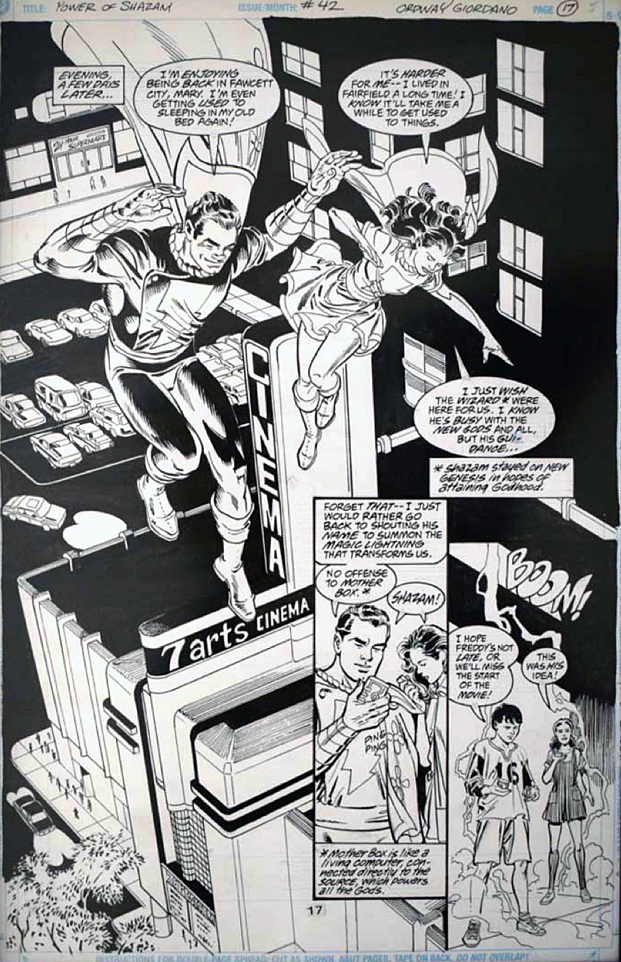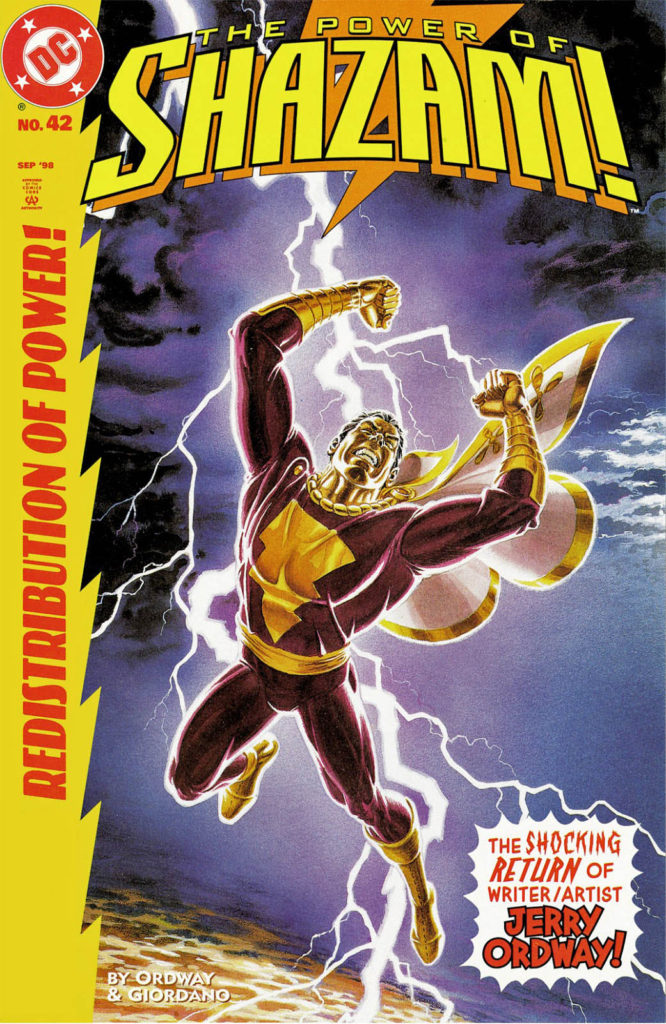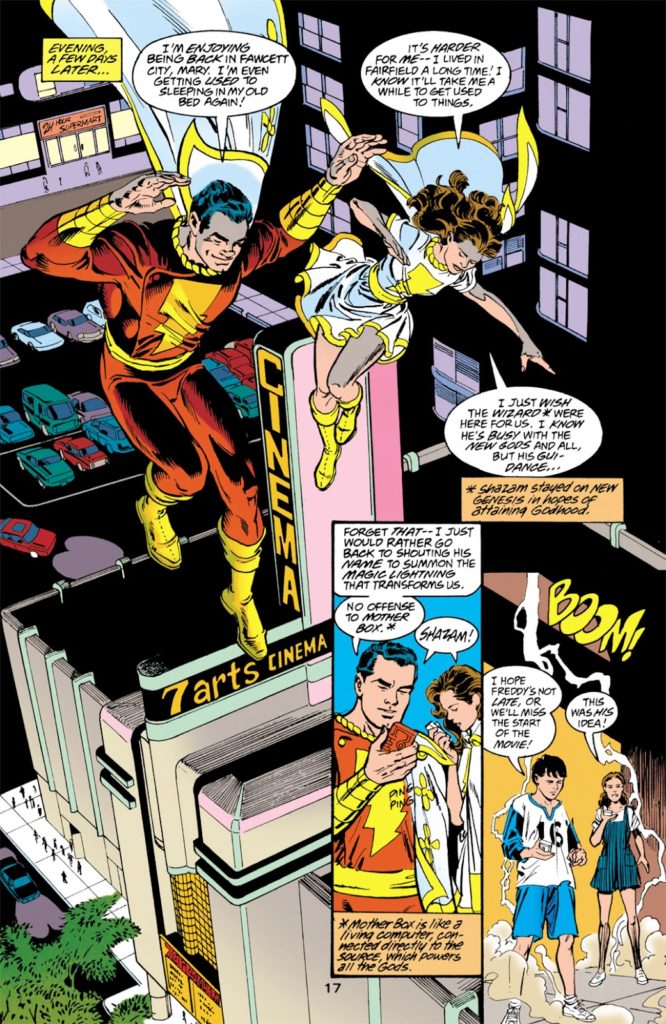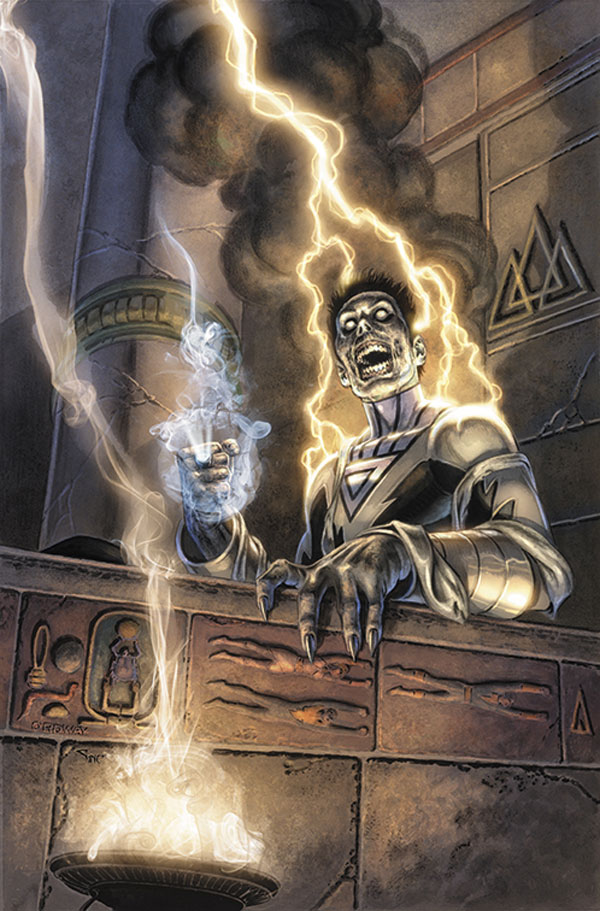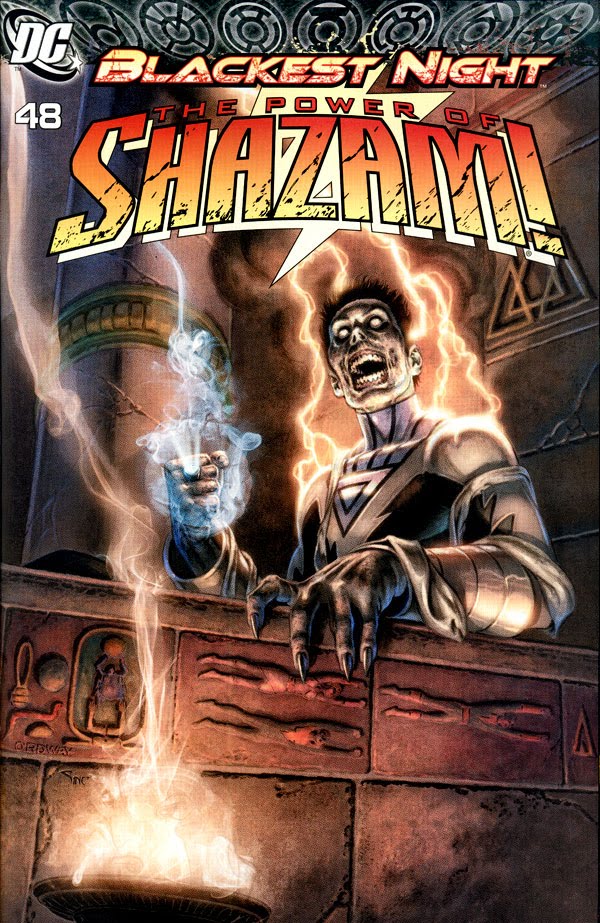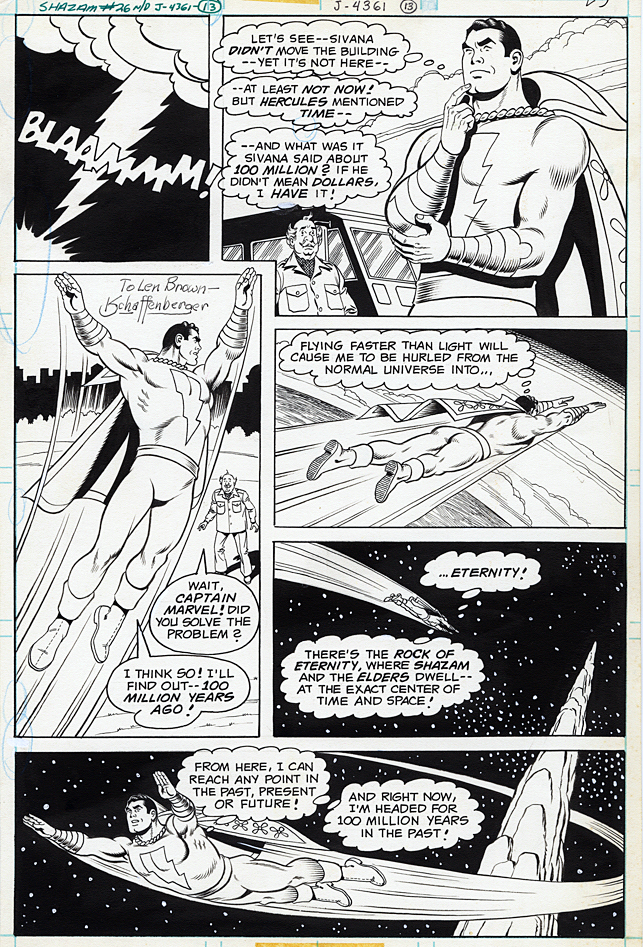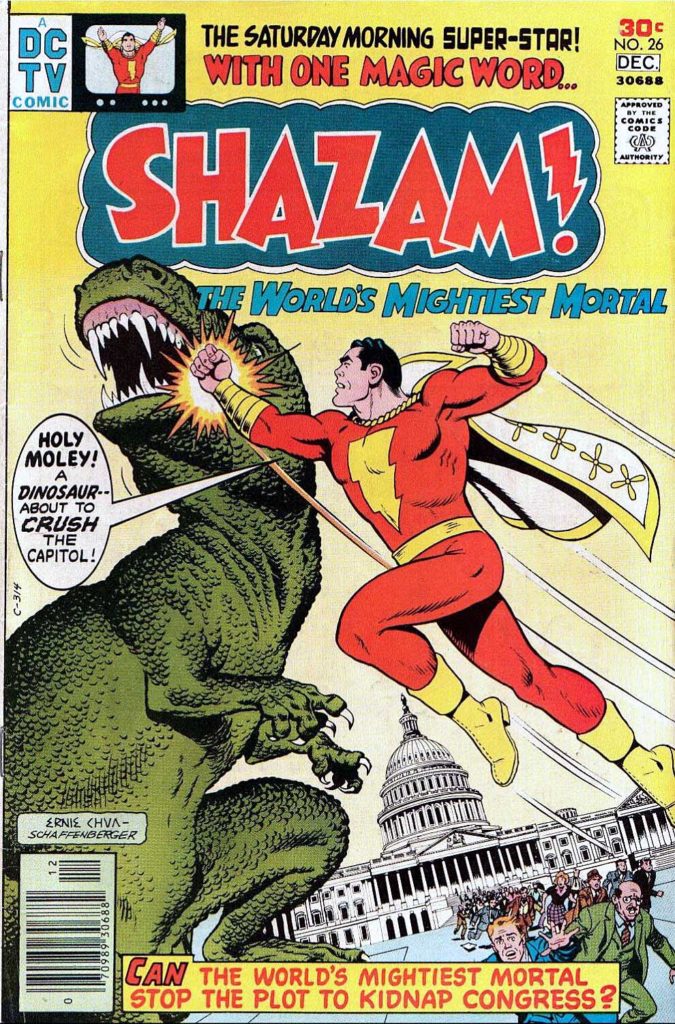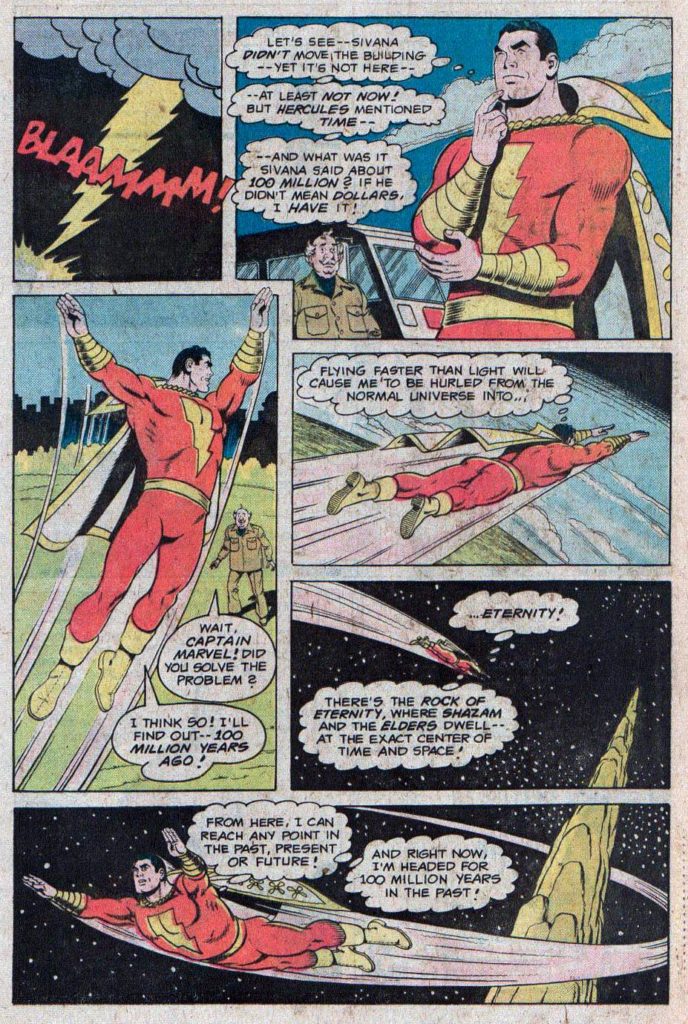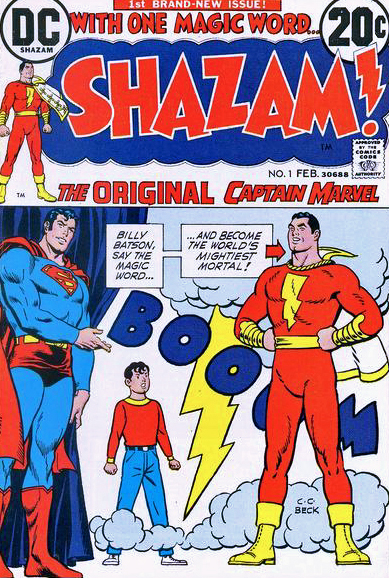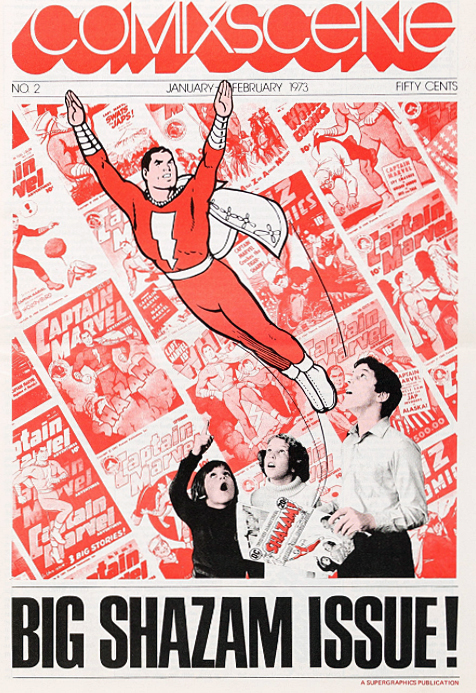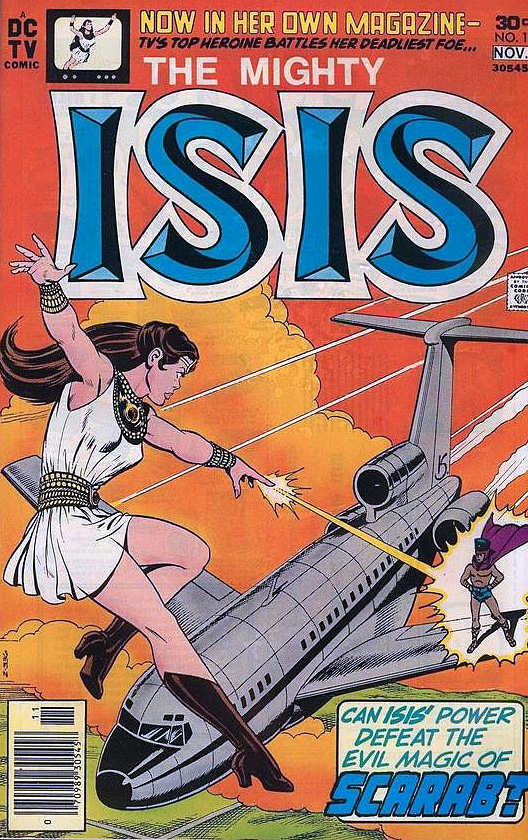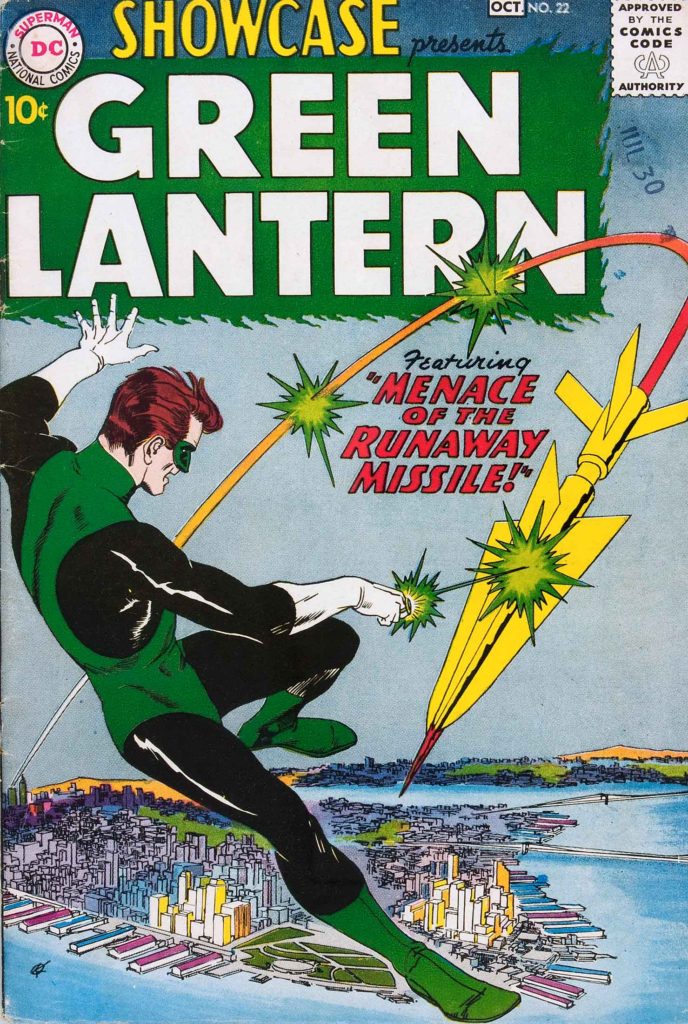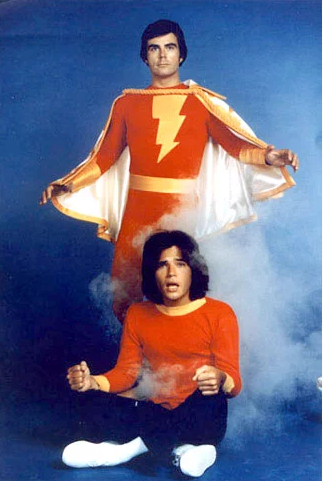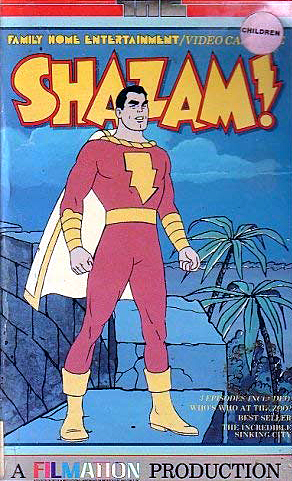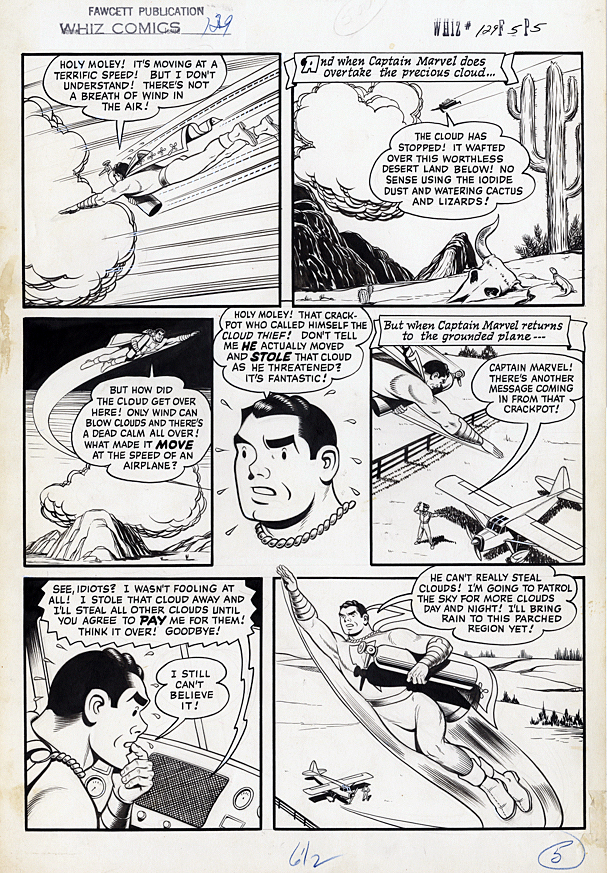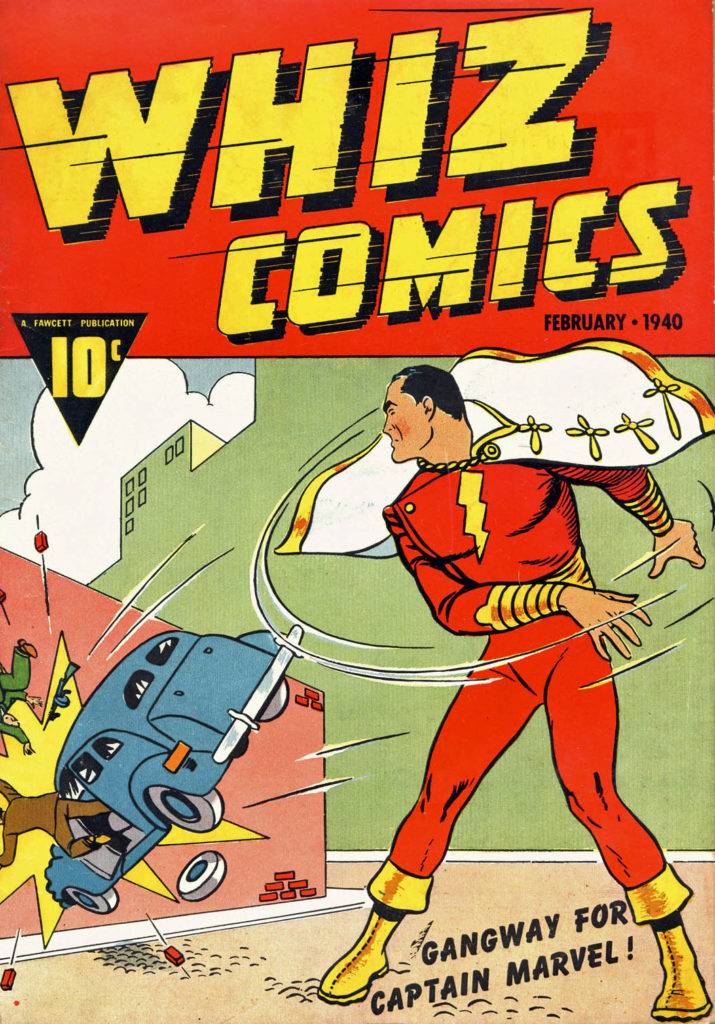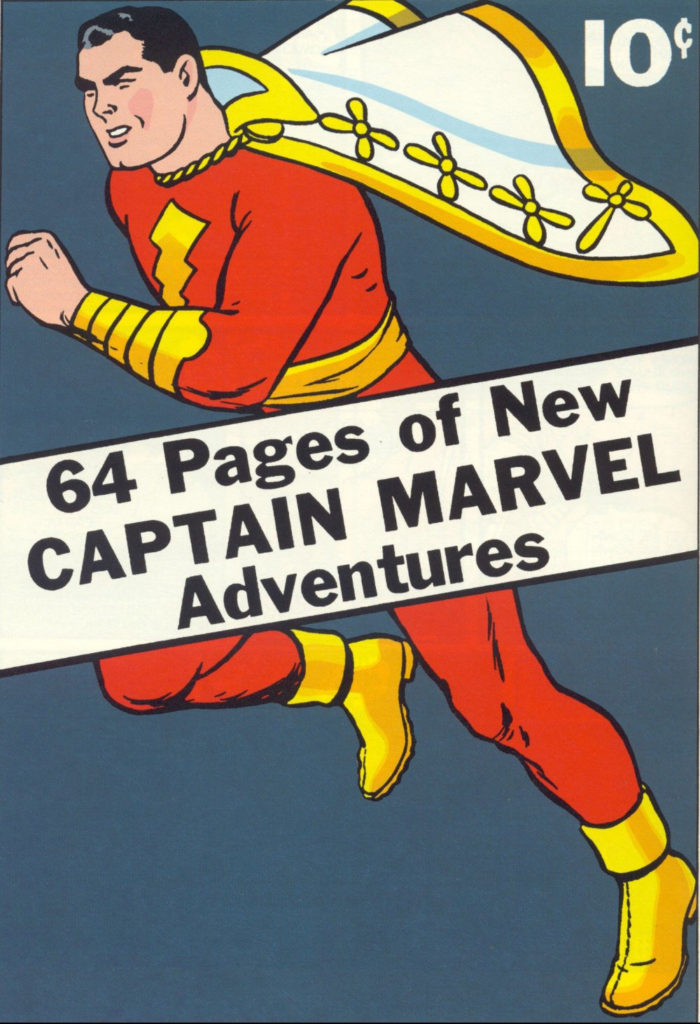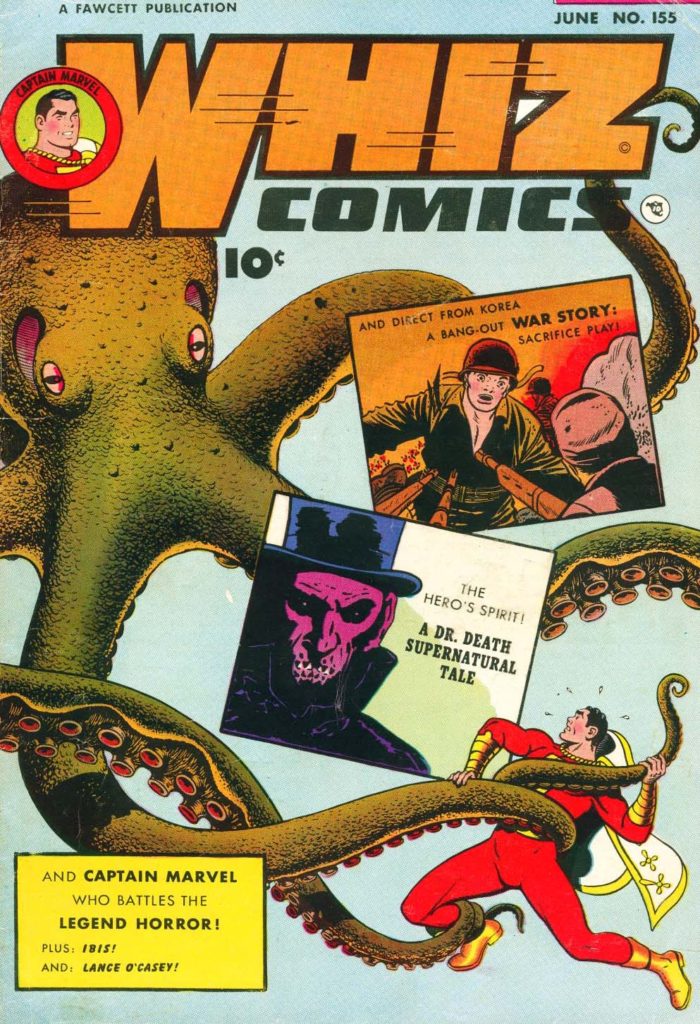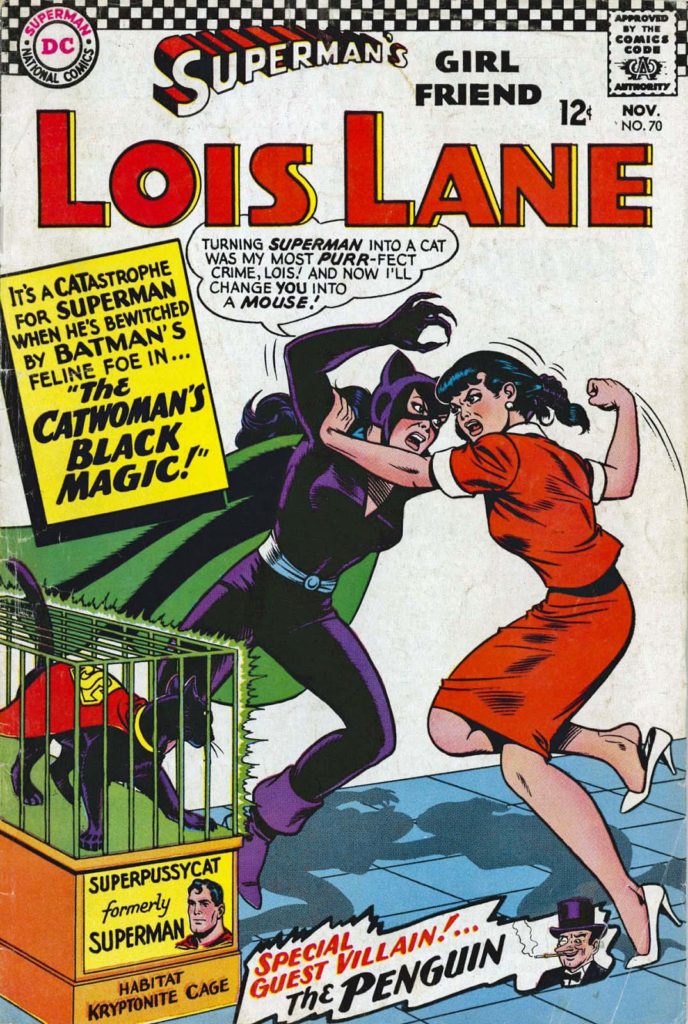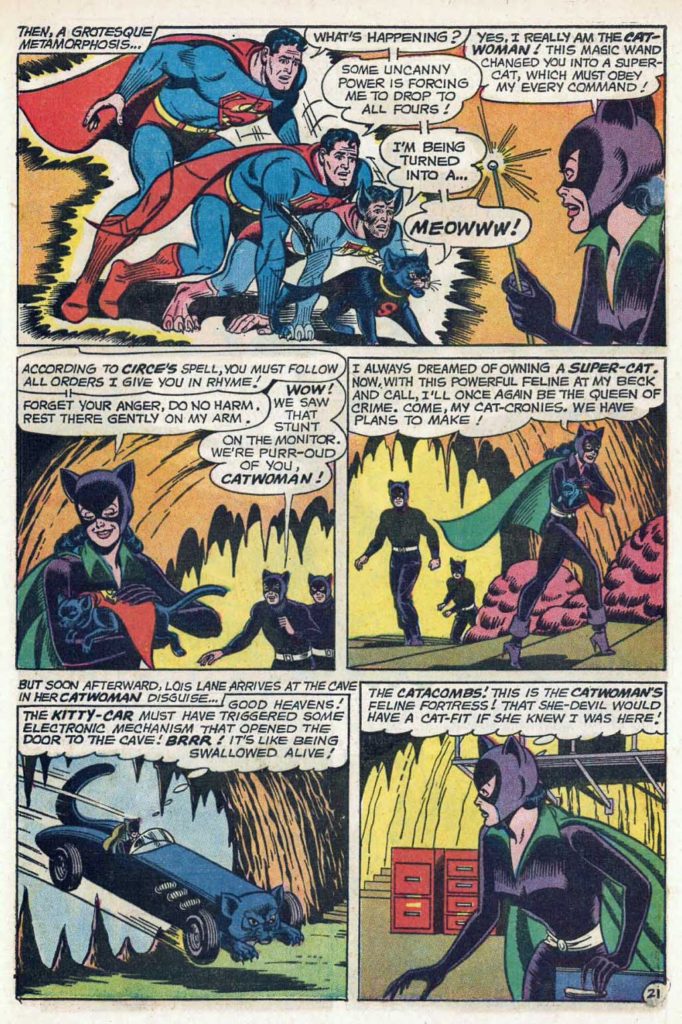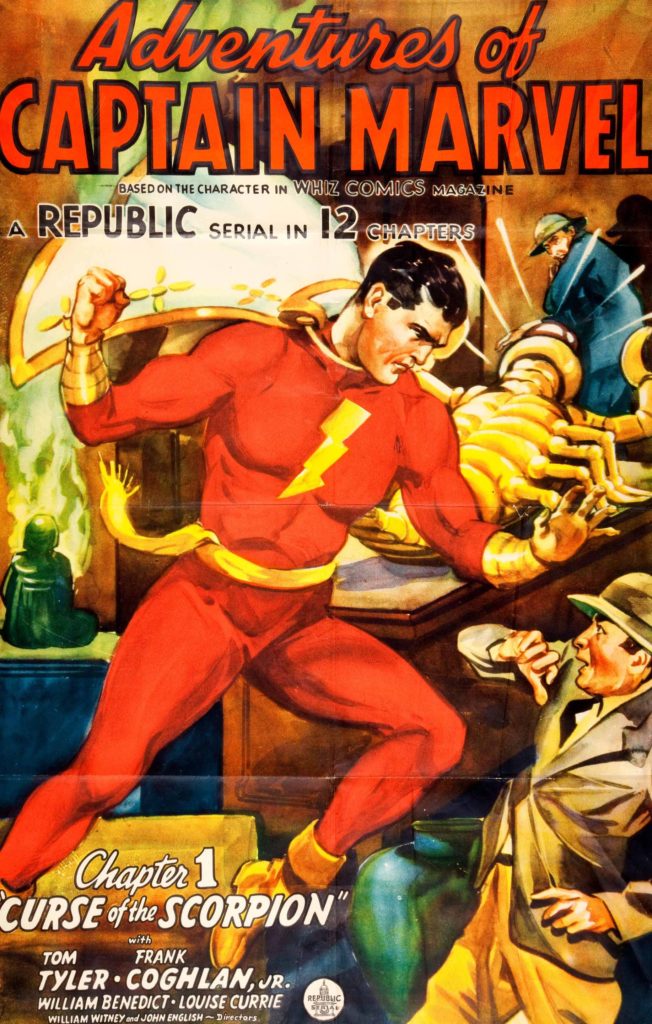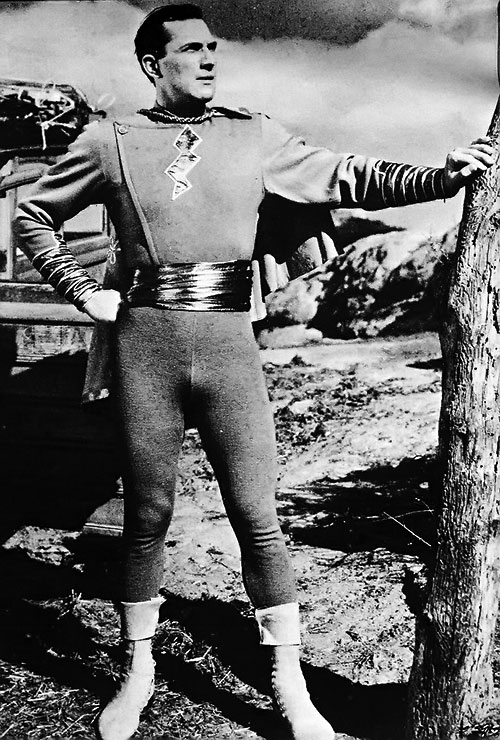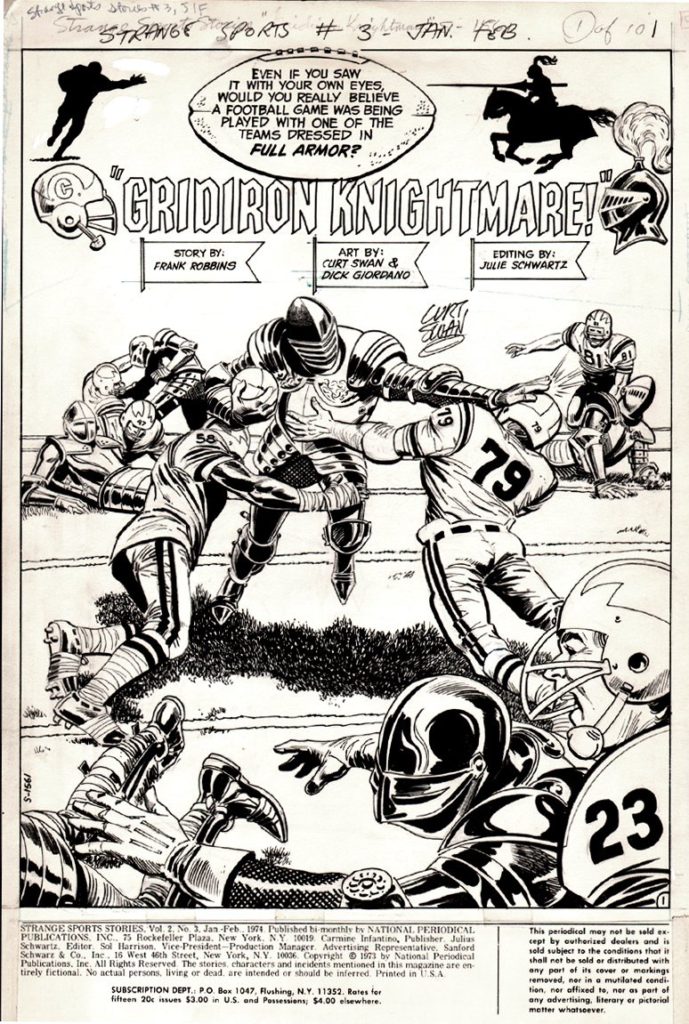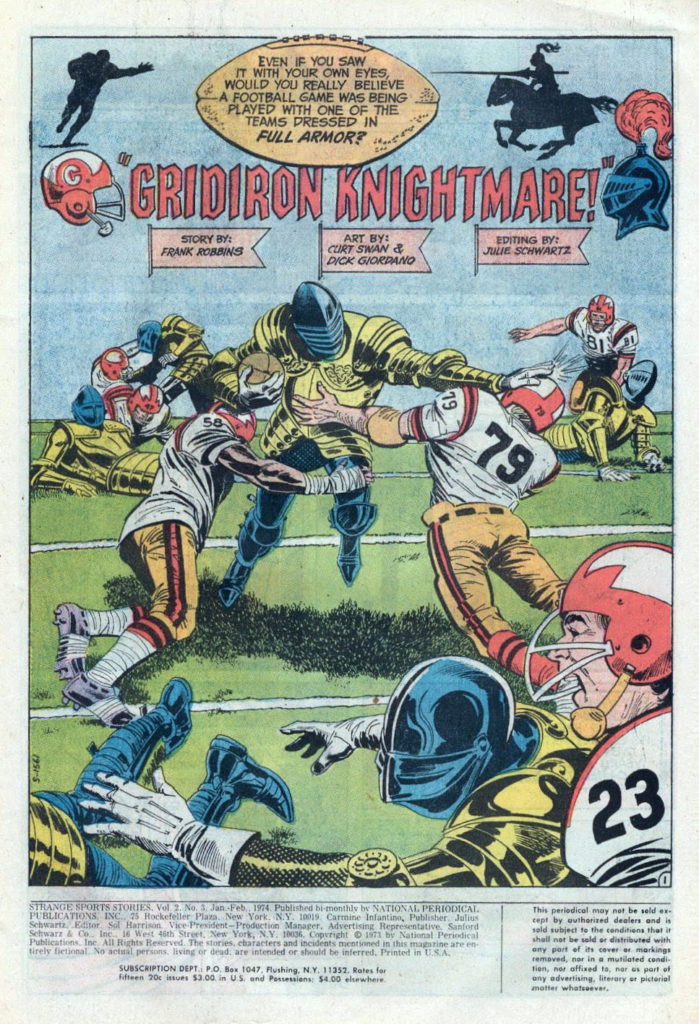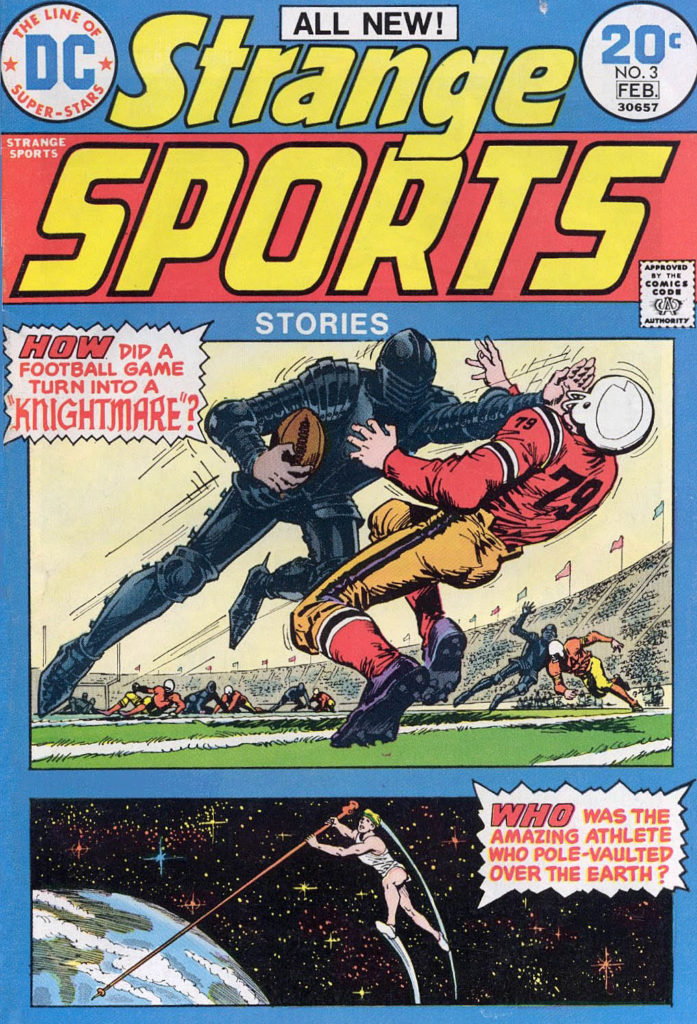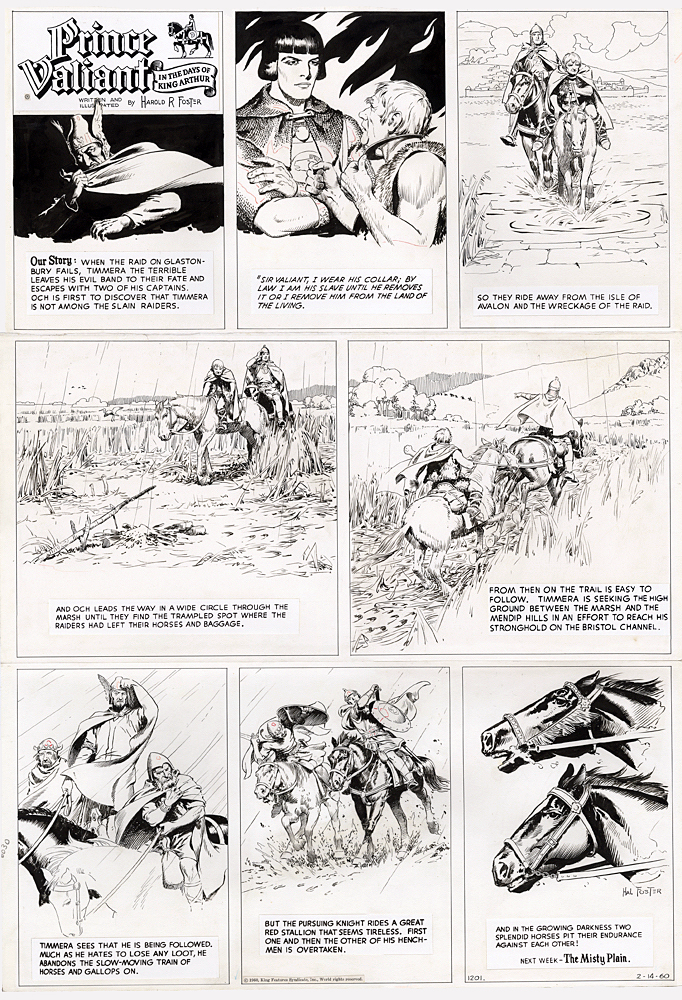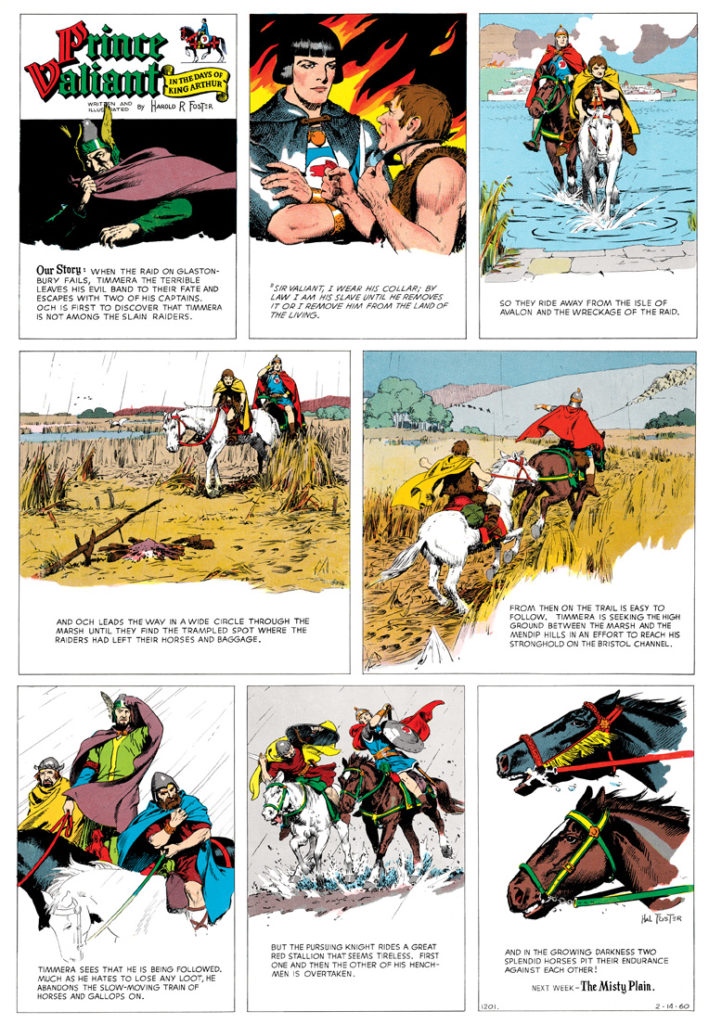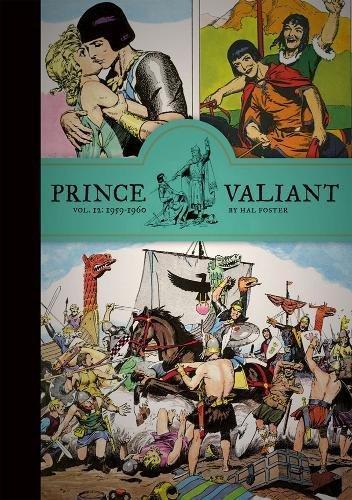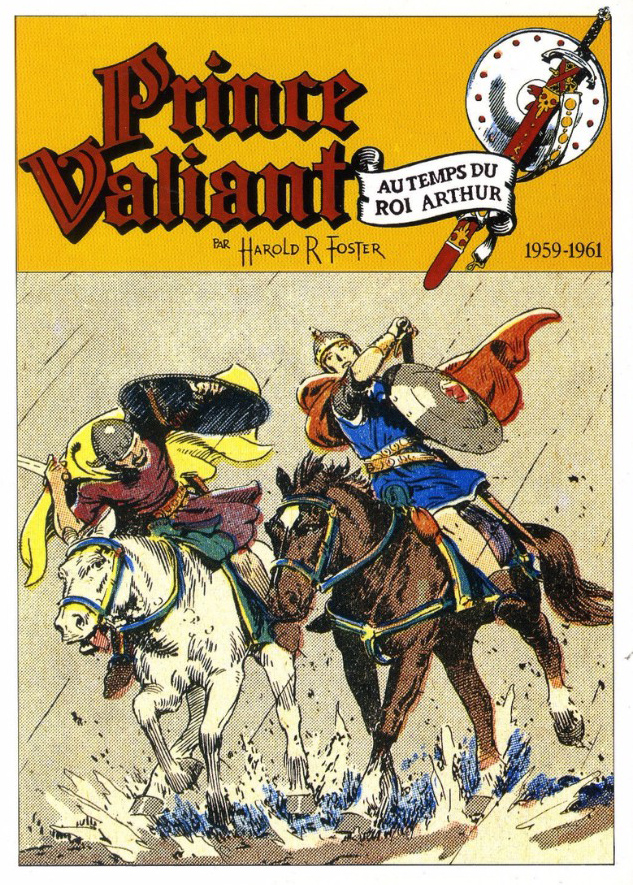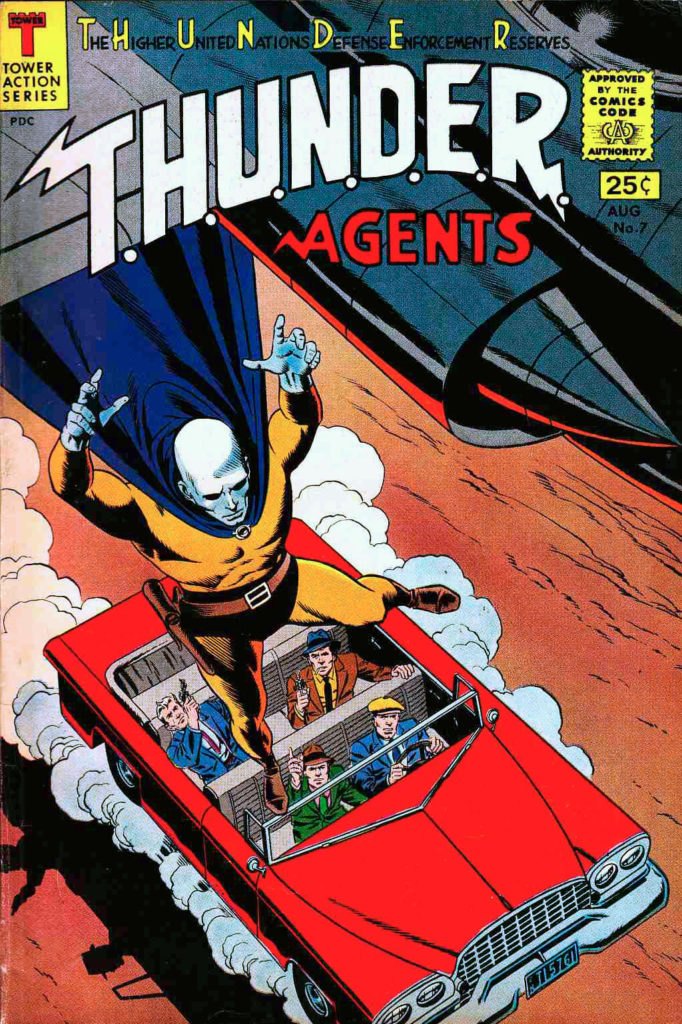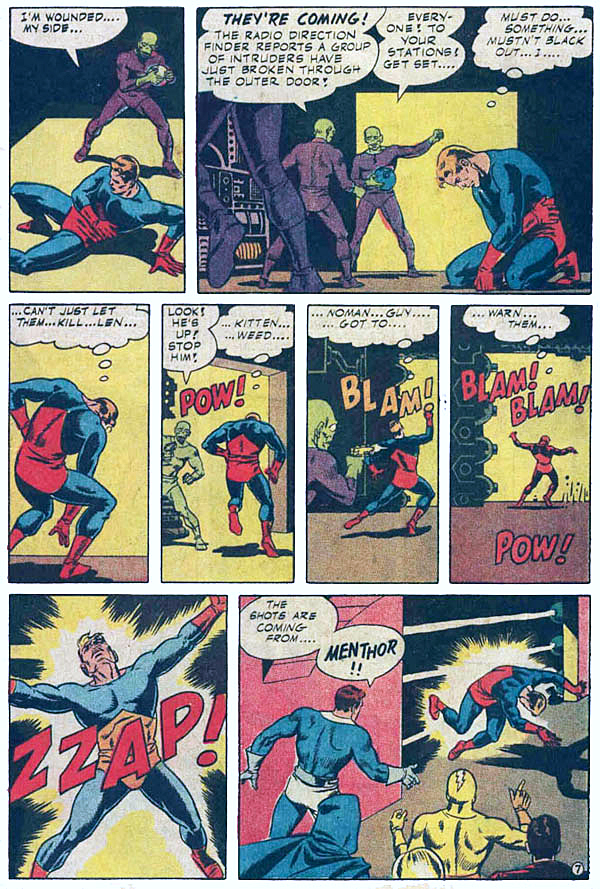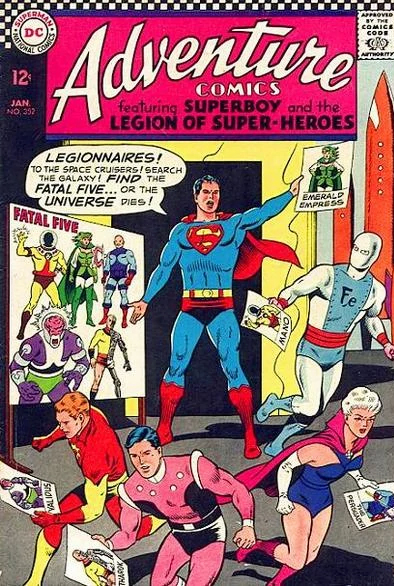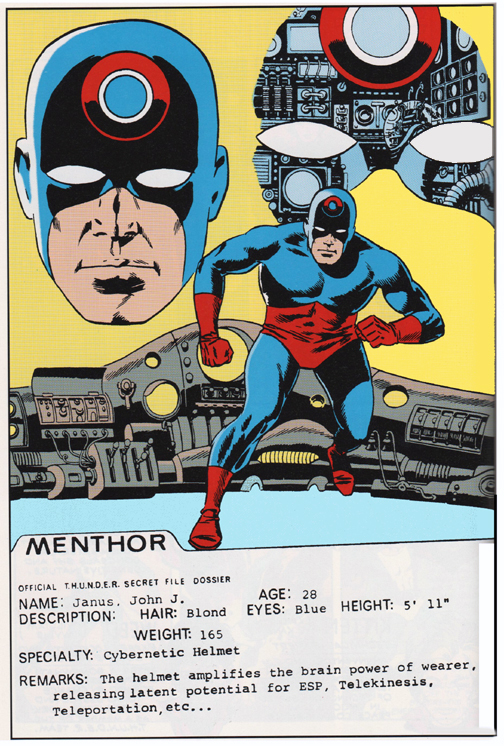Will Eisner — Peak Spirit
The Spirt, Register and Tribune Syndicate, September 12, 1948
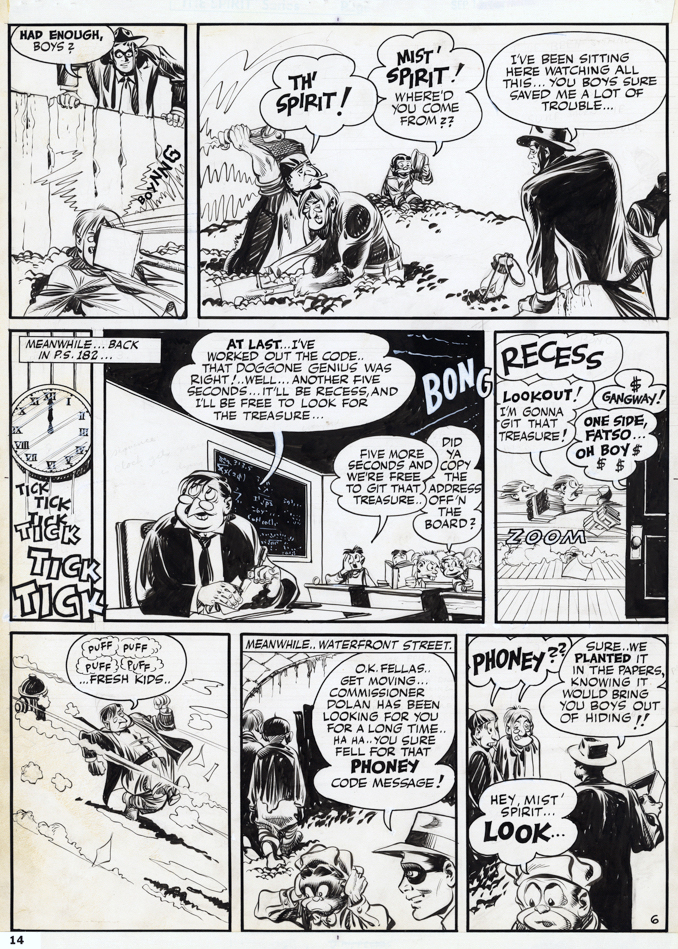
2020 marks the 80th Anniversary of the Will Eisner’s Spirit, a comic series that ultimately became a game changer in the medium. This week is also celebrated annually as “Will Eisner Week,” dedicated top one of comics’ most influential legacies. So let’s dive in…
This cool page is from “Cache McStash”, and is from Eisner’s peak period on the Spirit. In fact, it is published just one week after his own personal favorite story, “The Story of Gerhard Shnobble,” perhaps the most perfect film noir ever created for the comics.
And don’t let the misleading credits on the otherwise great Grand Comics Database fool you. This story is all Eisner — script, pencils, inks, and letters — as confirmed by Denis Kitchen.
I was fortunate enough to be asked write the intro for the Spirit story “Sound” featured in the hot-off-the-presses Spirit 80th celebration from Clover Press. No spoilers, but, I love the way Eisner integrated sound effects into his storytelling, and, on this page the simple ticking of the clock enhances tension and movement.
Like everything else he did, he found a way to make his two dimensional comics cinematic in scope.
“I grew up on the movies, that’s what I lived with. The movies always influenced me… Doing the Spirit strip was like making movies. It gave me a chance to be an actor, producer, author and cameraman all at once.”
— Will Eisner, quoted in Jim Steranko’s History of The Comics, Volume 2


